Danielle KayeBusiness reporter
 Reuters
ReutersDisney+ and Hulu cancellation rates doubled in September after TV host Jimmy Kimmel was briefly taken off air, suggesting the move may have hurt the…
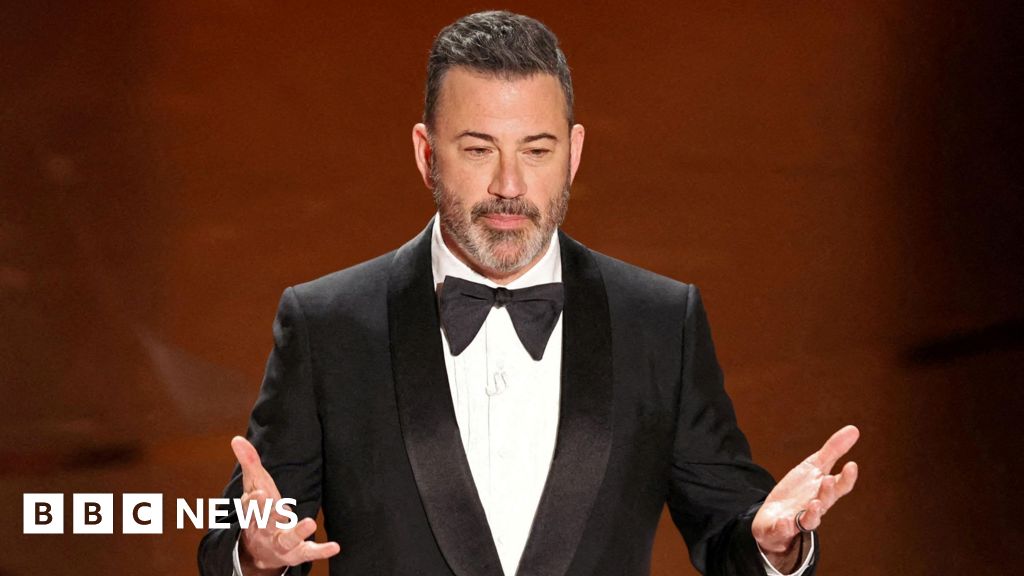
Danielle KayeBusiness reporter
 Reuters
ReutersDisney+ and Hulu cancellation rates doubled in September after TV host Jimmy Kimmel was briefly taken off air, suggesting the move may have hurt the…
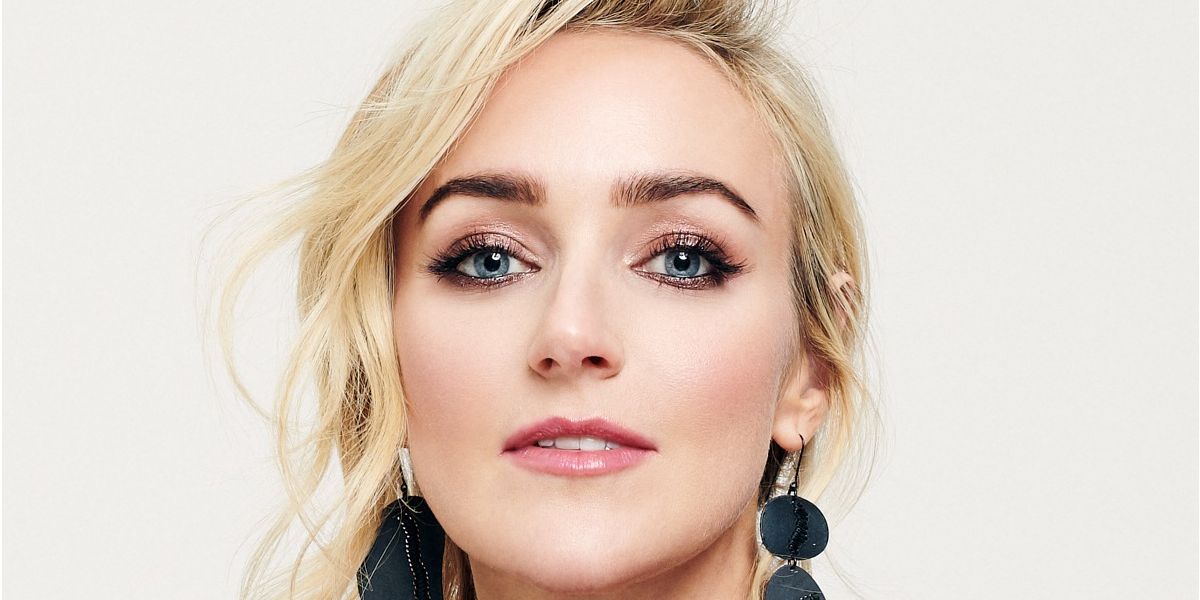
She’s alive! Betsy Wolfe will join the cast of Death Becomes Her on Broadway this winter, beginning performances January 16 at the Lunt-Fontanne Theatre.
Wolfe earned a Tony Award nomination for originating the role of Anne Hathaway in & Juliet…

Lorenz Hart, lyricist who was the longtime toast of Broadway, died at age 48 in 1943, the year that the Golden Globes launched. His songs have lived on for nearly a century and the Richard Linklater-directed Blue Moon opens at a time when…
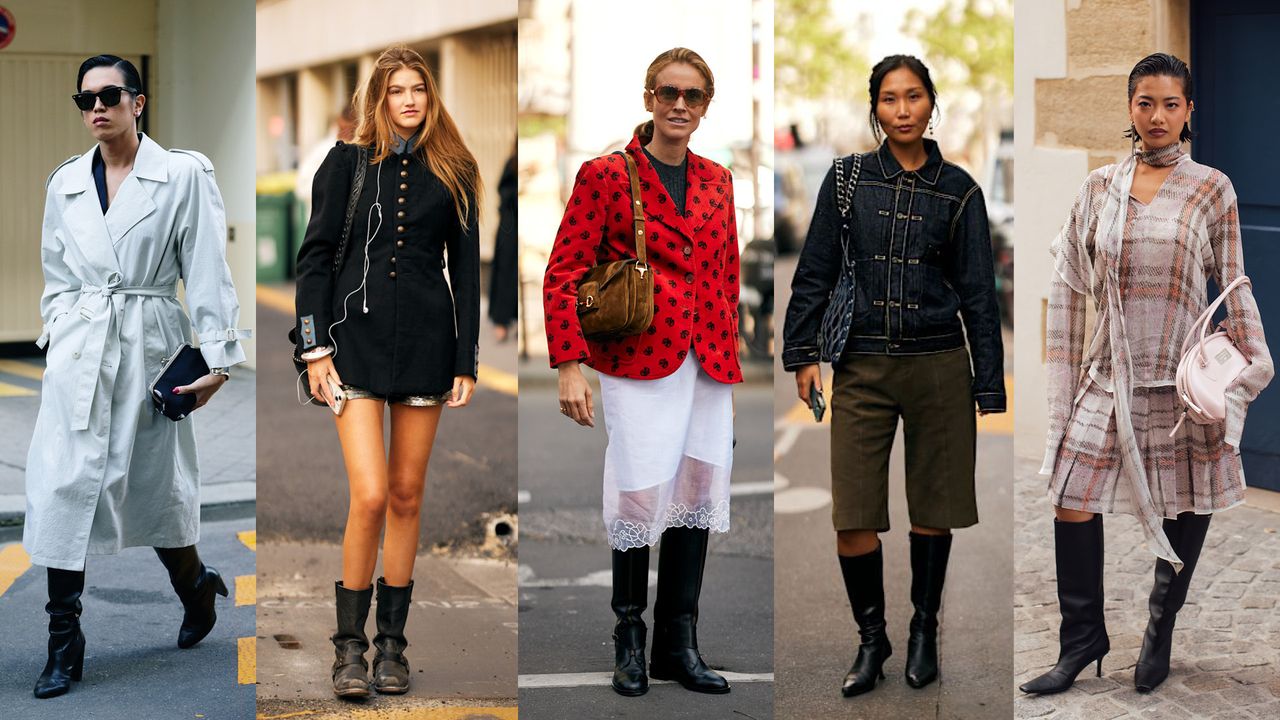
If there is one wardrobe staple that truly never goes out of style, it is the classic boot. Season after season, this essential remains a constant—grounding looks in a sleek and effortless way no sneaker or sandal can ever replicate. From the…
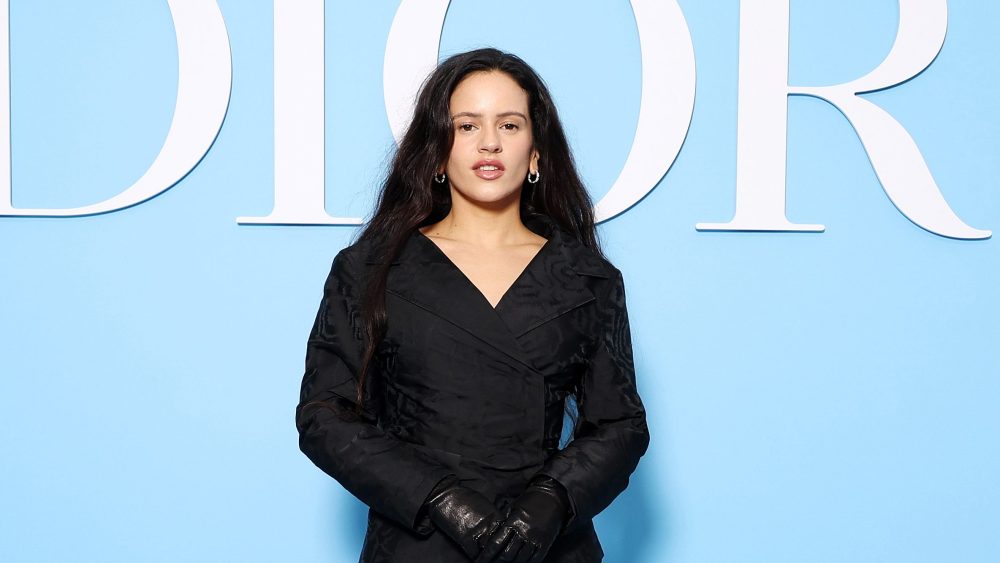
The wait is over for Rosalía fans. On Monday, the Spanish singer, songwriter and producer confirmed that “Lux” — the follow-up to 2022’s “Motomami” — will arrive on Nov. 7 via Columbia Records.
The Grammy-winning artist…

Brandy and Monica, the once-feuding stars of R&B, are singing each others’ praises after their reunion tour hit an unexpected hurdle over the weekend.
Singer-actor Brandy sent virtual flowers to “my sister, Monica, for stepping up with such…
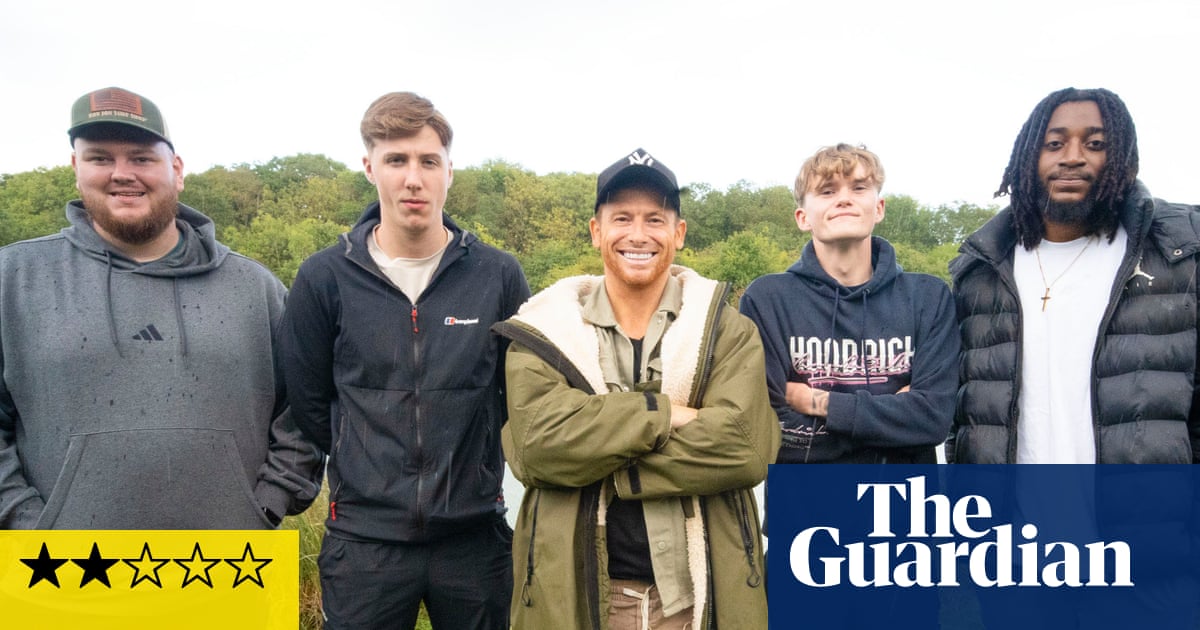
I grew up surrounded by children having children. My all-girls school was known locally as “the pram pushers” – the first person in my cohort to get pregnant was 13; in my sister’s it was an 11-year-old – and my mother worked as a family…
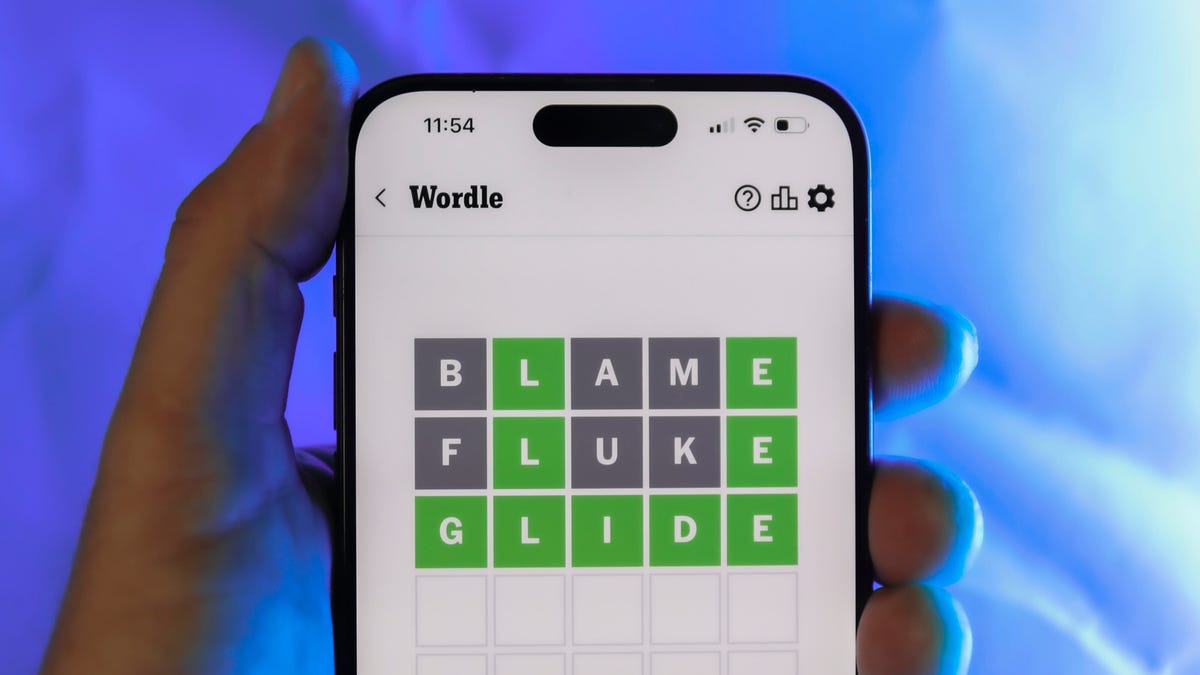
Looking for the most recent Wordle answer? Click here for today’s Wordle hints, as well as our daily answers and hints for The New York Times Mini Crossword, Connections, Connections: Sports Edition and Strands puzzles.
Today’s Wordle puzzle is…
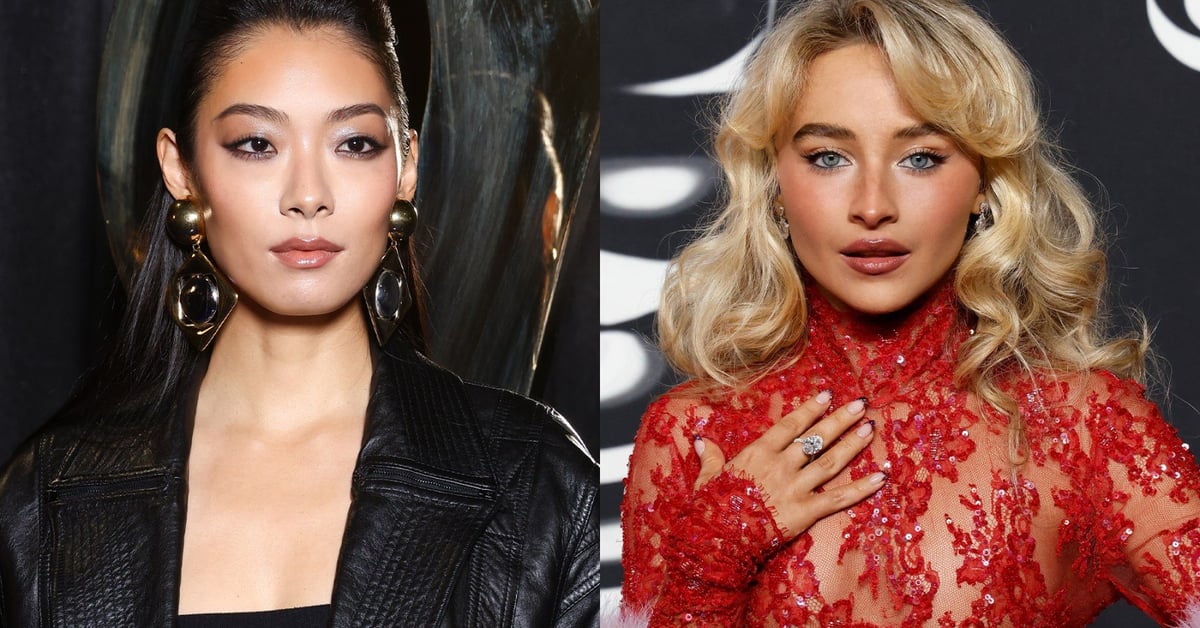
Rina Sawayama has a few notes following Sabrina Carpenter‘s Saturday Night Live appearance. In an Instagram Story post about the pop star’s performance of “Nobody’s Son,” Sawayama highlighted an evident lack of cultural research behind…